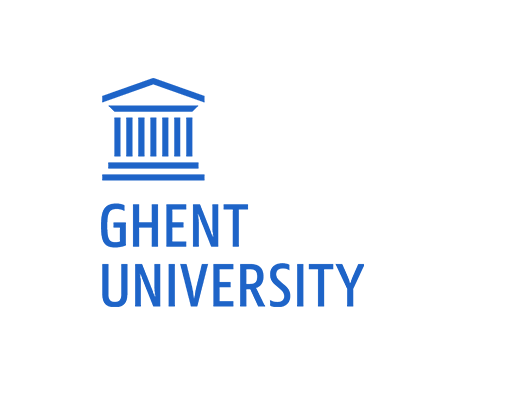Une généalogie des organisations de partis
- Daniel-Louis Seiler
Abstract
The first aim of the article is to present the lineage of party organizations integrating several "classical" approaches. Therefore a second aim is to set up a structural model able to catch the evolution of any type
of modern party organization.
One assumes that Party Structure is an invariable element which subsumes several organizational translations. Same are protopartisan translations : leagues, armed and unarmed f actions, parliamentary groups. Some are partisan translations : modern party organizations. This assumptions means a corollary: organizations tend to adapt to the kind of party competition they have to afford in order to have access
to governmental power. The model combines the assumptions in a two dimensional matrix.
The first dimension is concerned with the organization's major historical goal. It takes three values : a) to elect of MP's ; b) to promote a Weltanschauung; c) to elect the President.
The second deals with mobilization and takes three values : adapted 1 ° to the age of «Registration Societies» ; 2° the age of «One man, one vote system» ; 3° the post McLuhan age of electronic media.
The combination of the dimensions gives three lineages: Cadre Parties including Notability Parties, Voters Parties and Indirect Parties; Mass Parties including Activist Parties and Social Integration Parties; Machine
Parties.
How to Cite:
Seiler, D., (1984) “Une généalogie des organisations de partis”, Res Publica 26(2), 119-141. doi: https://doi.org/10.21825/rp.v26i2.19235
Downloads:
Download pdf
View PDF
